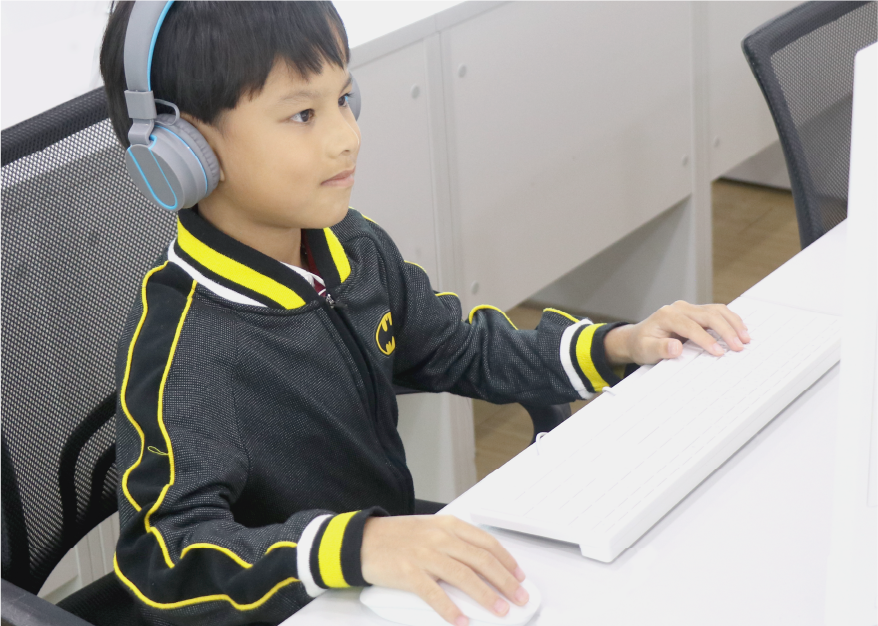STEAM@MIS
STEAM stands for Science, Technology, Engineering, Art and Maths.
In the traditional curriculum delivery, the arts and sciences have been taught as separate subjects. The advent of new and emerging technologies and industries, including virtual and augmented reality, 3D print and manufacturing, IoT and AI, has highlighted a future skills gap and a realisation that the integration of subjects is now essential.
“It’s not about content and information recall, which machines do much better than humans, rather it’s about skills, competences, collaboration and real-world problem-solving.” (Graham Brown-Martin, Chief Education & Product Officer at pi-top.com)
STEAM@MIS is a transdisciplinary approach that addresses future challenges by teaching the next-generation core skills like collaborative problem-solving and creative and critical thinking.


